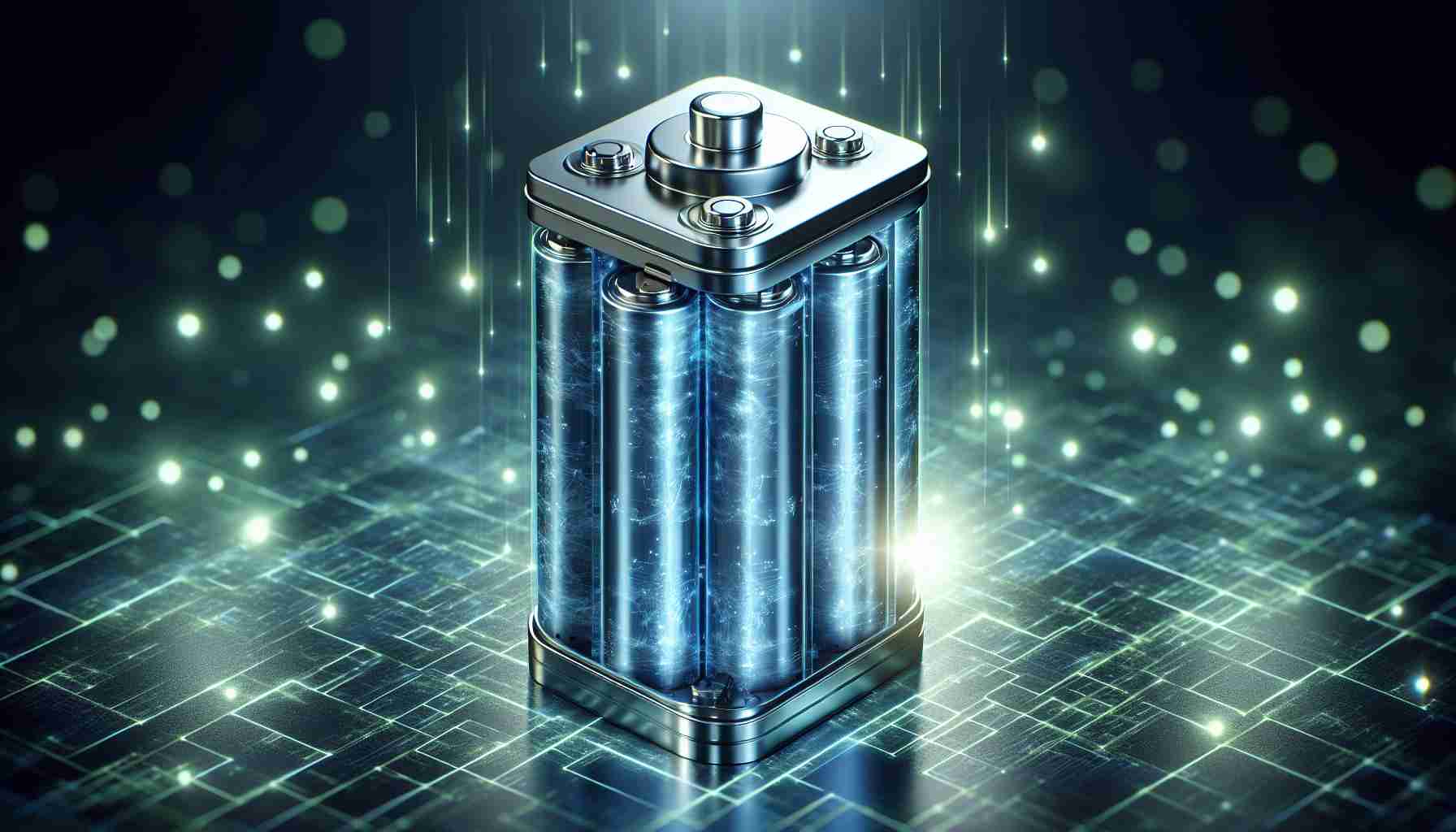Researchers at Pohang University of Science and Technology (POSTECH) have made significant progress in developing a cost-effective and high-energy-density lithium-ion battery system. The team, led by Professor Soojin Park, PhD candidate Minjun Je, and Dr. Hye Bin Son, utilized electron beam technology to integrate micro silicon particles and gel polymer electrolytes into the battery.
Traditionally, utilizing silicon as a battery material has been challenging due to its expansion and contraction during charging and discharging, which greatly impacts battery efficiency. While nano-sized silicon particles partially address this issue, the production process is complex and expensive. In contrast, micro-sized silicon particles offer practicality and cost-effectiveness, but their expansion during battery operation poses limitations.
By applying gel polymer electrolytes, the research team was able to overcome these challenges. The gel electrolytes, with their solid and elastic polymer structure, provide better stability compared to liquid electrolytes. Through the use of an electron beam, covalent linkages were formed between the micro-silicon particles and gel electrolytes, dispersing internal stress and enhancing structural stability.
Remarkably, the battery exhibited stable performance even with larger micro silicon particles (5μm), which were a hundred times larger than those traditionally used. The silicon-gel electrolyte system developed by the researchers also demonstrated improved energy density, with approximately 40% higher than conventional batteries using liquid electrolytes. Furthermore, the manufacturing process for this system is straightforward and ready for immediate application.
This breakthrough brings us closer to a real high-energy-density lithium-ion battery system, according to Professor Soojin Park. The research was supported by the Independent Researcher Program of the National Research Foundation of Korea.
The development of this new battery system opens up exciting possibilities for various industries, particularly in the electric vehicle sector. With the ability to store and deliver more power efficiently, this technology can significantly enhance the driving range of electric vehicles, making them more practical and appealing to consumers.
As the demand for sustainable energy solutions continues to grow, innovative advancements in battery technology will play a vital role in shaping a greener future. The application of electron beam technology and the integration of micro silicon particles and gel polymer electrolytes offer a promising path towards more efficient and cost-effective lithium-ion batteries. This research paves the way for further developments in the field, bringing us one step closer to a sustainable and energy-efficient future.
Frequently Asked Questions (FAQ)
1. What is the main focus of the article?
The article highlights the significant progress made by researchers at Pohang University of Science and Technology in developing a cost-effective and high-energy-density lithium-ion battery system.
2. What challenges have traditionally been associated with using silicon as a battery material?
The expansion and contraction of silicon during the charging and discharging process have made it challenging to utilize as a battery material. This greatly impacts battery efficiency.
3. How did the research team overcome the challenges associated with silicon as a battery material?
The research team utilized gel polymer electrolytes and electron beam technology to integrate micro silicon particles into the battery. The gel electrolytes provide better stability compared to liquid electrolytes, and the electron beam forms covalent linkages between the particles and electrolytes, enhancing structural stability.
4. How did the battery perform in terms of stability and energy density?
The battery exhibited stable performance, even with larger micro silicon particles (5μm) that were a hundred times larger than traditionally used particles. The silicon-gel electrolyte system developed by the researchers also demonstrated approximately 40% higher energy density than conventional batteries using liquid electrolytes.
5. What are the potential applications of this new battery system?
The development of this new battery system opens up exciting possibilities, particularly in the electric vehicle sector. It can significantly enhance the driving range of electric vehicles by storing and delivering more power efficiently.
6. What role will advancements in battery technology play in shaping a greener future?
As the demand for sustainable energy solutions continues to grow, innovative advancements in battery technology will play a vital role. The application of electron beam technology and the integration of micro silicon particles and gel polymer electrolytes offer a promising path towards more efficient and cost-effective lithium-ion batteries.
Key Terms and Jargon
– Lithium-ion battery system: A type of rechargeable battery with lithium ions as the primary carriers of electric charge.
– Silicon: A chemical element used in battery materials that traditionally faces challenges due to its expansion and contraction properties during charging and discharging.
– Electron beam technology: A process that uses a beam of accelerated electrons to modify materials by forming covalent linkages.
– Gel polymer electrolytes: Solid electrolyte materials with an elastic polymer structure that offer better stability compared to liquid electrolytes.
– Energy density: A measure of the amount of energy a battery can store per unit volume or weight.
– Conventional batteries: Refers to batteries using liquid electrolytes that typically have lower energy density compared to the new system developed in the research.
Suggested Related Links
– Pohang University of Science and Technology
– National Research Foundation of Korea
The source of the article is from the blog guambia.com.uy
